CREATIVE LEARNING EXPERIENCES THAT CHANGE BEHAVIOR
Remembering stuff takes a brain village
Your kidneys’ teensy “party hats” are small but mighty movers of massive memory
LEARNER RETENTION
Lesley S
6/11/20252 min read
What did you have for lunch last Wednesday?
What is your favorite memory?
Why did you draw a blank for the first question, but were able to fill in all the rich details for the second?
Emotions.
Emotions come in six basic flavors:
happiness
sadness
fear
anger
surprise
disgust
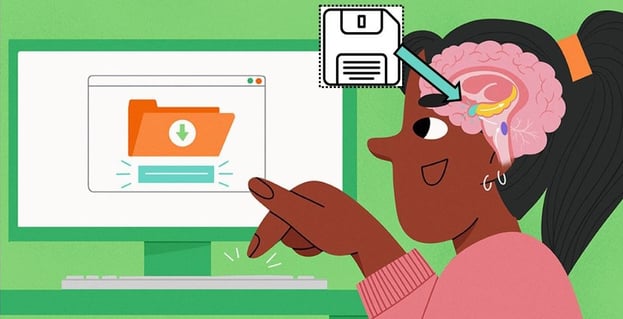


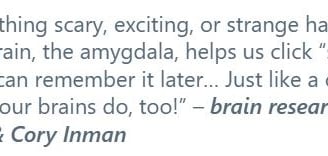
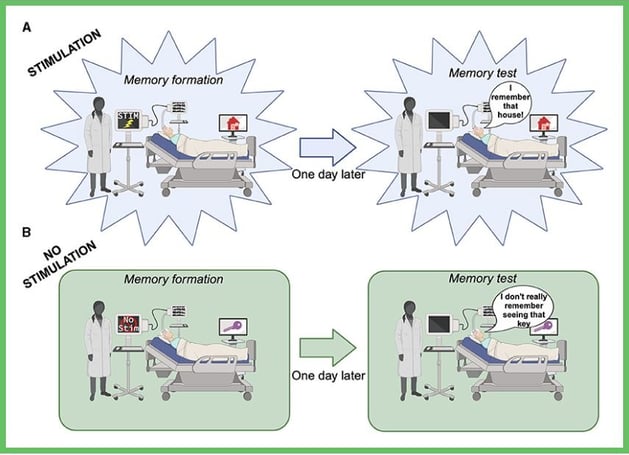

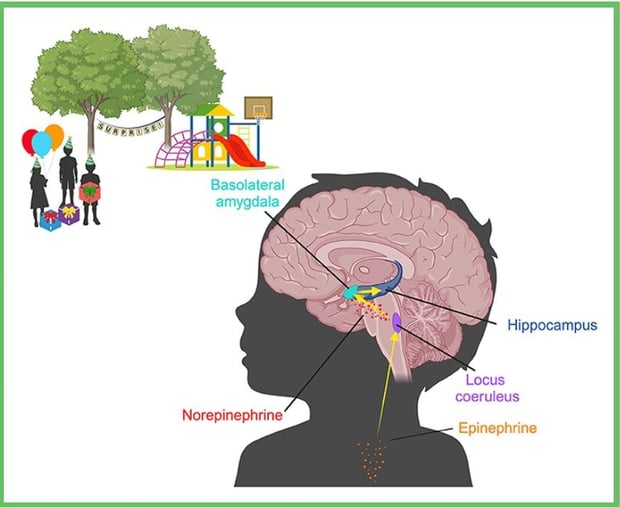

The way your emotions “press” the REMEMBER THIS button starts on top of your kidneys, in your adrenal glands. They respond to things that get us riled up (both good & bad) by releasing the hormone epinephrine (adrenaline). Adrenaline, in turn, stimulates the brain to release norepinephrine, which is what acts on the amygdala.

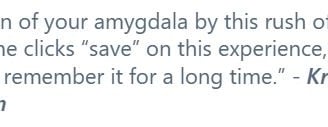
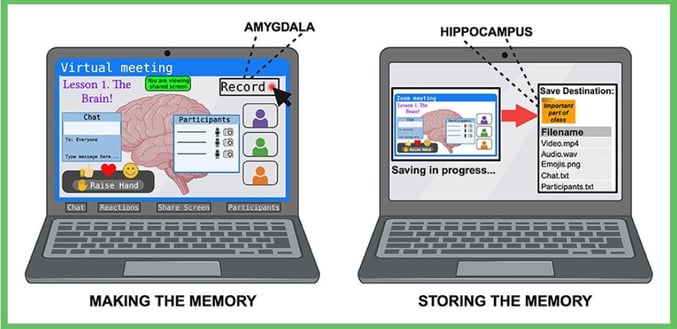

Once the amygdala hits the RECORD button, it hands things off to its neighbor, the seahorse-shaped HIPPOCAMPUS. The hippocampus then organizes where and how the memory is to be stored. Which is no small undertaking.
The part of the memory related to smell or scent becomes an odor memory, which is stored in the area of your brain region essential for your sense of small - your olfactory cortex.
The parts related to movements – like kicking a football or learning to tie your shoes – get stored in the brain region responsible for forming new habits: your striatum.
The parts related to music and any sounds go to the auditory brain area.
The visuals go to the visual brain areas.

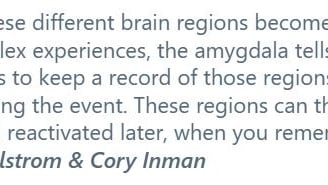
SOURCES:
Wahlstrom KL and Inman CS (2024) Your Brain’s “Save” Button: The Amygdala. Front. Young Minds. 12:1161075. doi: 10.3389/frym.2023.1161075 https://kids.frontiersin.org/articles/10.3389/frym.2023.1161075
How to Teach so Students Remember by Marilee Sprenger (Association for Supervision and Curriculum Development; 2005)